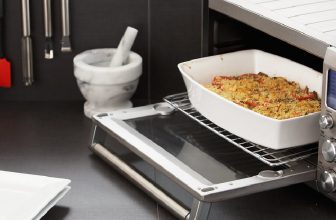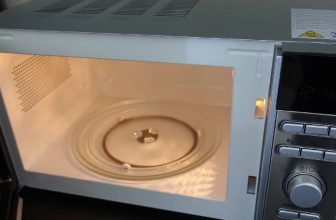How to Turn Off Aux Heat
Auxiliary heat, also known as supplemental heat, is often used in systems that rely on a heat pump for heating. Using an auxiliary or emergency heating source helps ensure that your home stays warm even when the outdoor temperature drops below a certain level. Auxiliary sources of heat are usually more expensive to operate than the main heating system, so it is important to know how to turn off the auxiliary heat when it is not needed.

One of the greatest advantages of knowing to turn off the aux heat is that it can save you energy and money. Auxiliary heat typically runs more often than necessary due to overly aggressive thermostat settings, resulting in higher energy bills.
Learning how to turn off or adjust your auxiliary heat, will help prevent your HVAC system from overworking, and you can save money on costly repairs or damages. In this blog post, You will learn in detail how to turn off aux heat.
How Often Should You Be Turning Off Your Aux Heat?
The frequency with which you should turn off your auxiliary heat depends on the climate in your area and how often you use it. If you live in a mild climate and rarely need to use auxiliary heat, then turning it off when not in use is a good idea. If you live in an area where temperatures can be extreme or fluctuate frequently, you should turn off your aux heat before going to bed and when leaving the house so that it is not running unnecessarily.
Additionally, if you have a thermostat with programming options, you can set the times of day that the auxiliary heat turns on or off to reduce energy usage further. By knowing to turn off aux heat and being mindful of when it should be used, you can ensure that your heating system runs efficiently and saves you money.
Step-by-step Instructions for How to Turn Off Aux Heat
Step 1: Inspect Your Thermostat
Before turning off your Aux Heat, make sure that you inspect your thermostat to determine how it is set. Depending on the type of thermostat installed, there may be different settings or functions in order to turn off the Aux Heat properly.
Step 2: Locate Your Aux Heat Switch
Most systems will have a dedicated switch for the Aux Heat. The switch may be labeled “Aux Heat,” “Auxiliary Heat,” or “Emergency Heat” and is usually located in a conspicuous place near the thermostat. Depending on the type of system you have installed, you may need to gather some materials in order to turn off the Aux Heat properly. These items may include a screwdriver, wire cutters or strippers, and an insulated voltage tester.
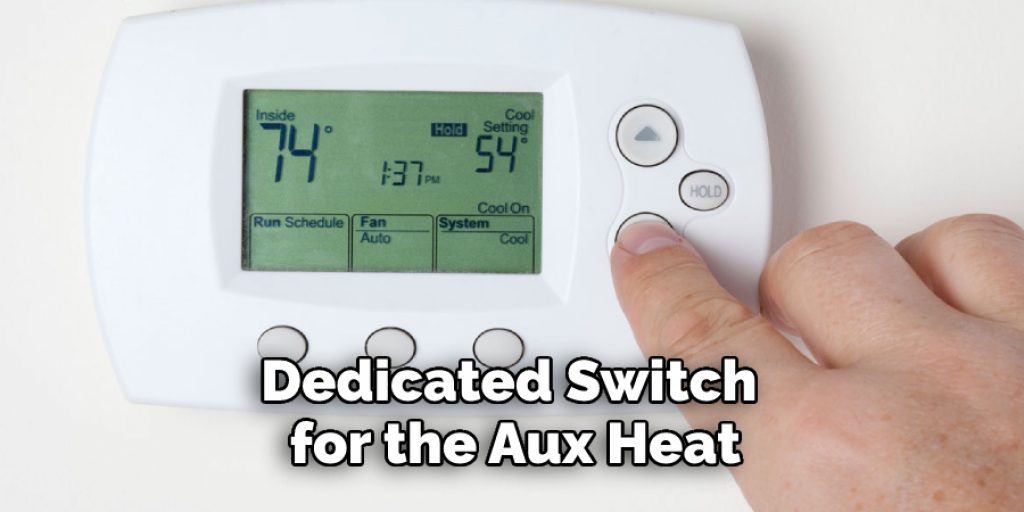
Step 3: Turn Off the Power to Unit
Before attempting to make any changes or adjustments to your system, it is critical that you turn off the power at the electrical panel or fuse box. Once you have located the switch, carefully remove it from the wall and disconnect any wires connected to it. Make sure to label them for easier re-connection later on.
Step 4: Trace Wiring Paths
Using a voltage tester, trace the wiring paths from the thermostat and other components to ensure no power is running through them. Once you have disconnected all of the wires, carefully reconnect them in their original positions using your wire cutters or strippers. Make sure to follow all wiring diagrams provided with your system.
Step 5: Replace Aux Heat Switch
Once all the wiring is secure, replace the Aux Heat switch in its original position and re-attach any screws or bolts. Make sure that it is securely fastened in place. Once you have ensured that all of your connections are secure, turn the power back on at the fuse box or electrical panel.
Step 6: Test System
Finally, test your system to ensure it functions properly, and all your settings are correct. If you have any difficulties, contact a professional HVAC technician for assistance. Following these steps will help ensure that your Aux Heat is turned off safely and properly.
Safety Tips for How to Turn Off Aux Heat
- Ensure the power is turned off when operating on the auxiliary heat source. Activate the breaker switch or unplug the unit before tampering with any wires or components of the auxiliary heating system.
- Wear appropriate safety gear, such as gloves and safety glasses, to protect your hands and eyes from debris or sparks caused by turning off the auxiliary heat source.
- Inspect for any exposed wires or connections before tampering with the auxiliary heat source. Any exposed wiring can cause a dangerous electrical shock, so ensure there is no risk of electric current running through the system when turning off the auxiliary heat.
- Use a screwdriver to disconnect any wiring from its connection to the auxiliary heating source. Make sure to do this slowly and carefully to avoid any short circuits or sparks.
- Test the auxiliary heat source after disconnecting the wires by switching on the breaker switch or plugging in the unit again to check if it is still functioning properly. If not, use a voltage meter to ensure no electrical currents are running through the system.
- Replace any broken or worn-out components of the auxiliary heat source immediately, as these may be hazardous and cause a fire if left unchecked.
- Contact professionals to inspect and repair the auxiliary heating source if necessary, as they have specialized tools and knowledge that will help ensure the safe operation of your auxiliary heat source.
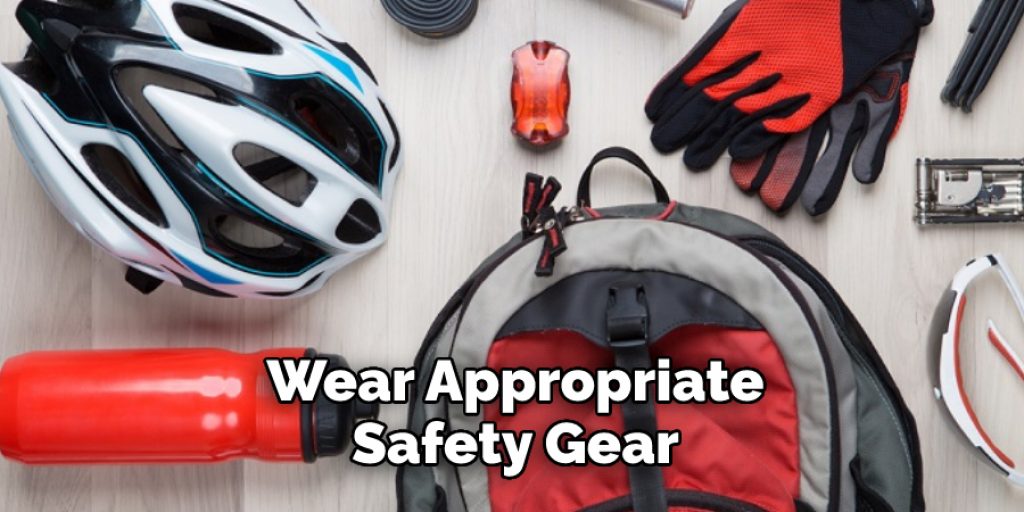
Following these safety tips should help you turn off the auxiliary heat safely and with minimal risk of injury.
How Long Does It Take for the Aux Heat to Shut Down After You Turn It Off?
When you turn off the auxiliary heat, the system should take between five to 10 minutes to shut down completely. The time it takes for a complete shutdown depends on factors such as the thermostat setting, the size of the HVAC system, and temperature fluctuations in your home.
When turning off the aux heat, it’s important to monitor your home’s temperature to ensure that it reaches a comfortable level. If the temperature hasn’t changed after 10 minutes, you may need to adjust your thermostat setting or contact an HVAC technician for assistance.
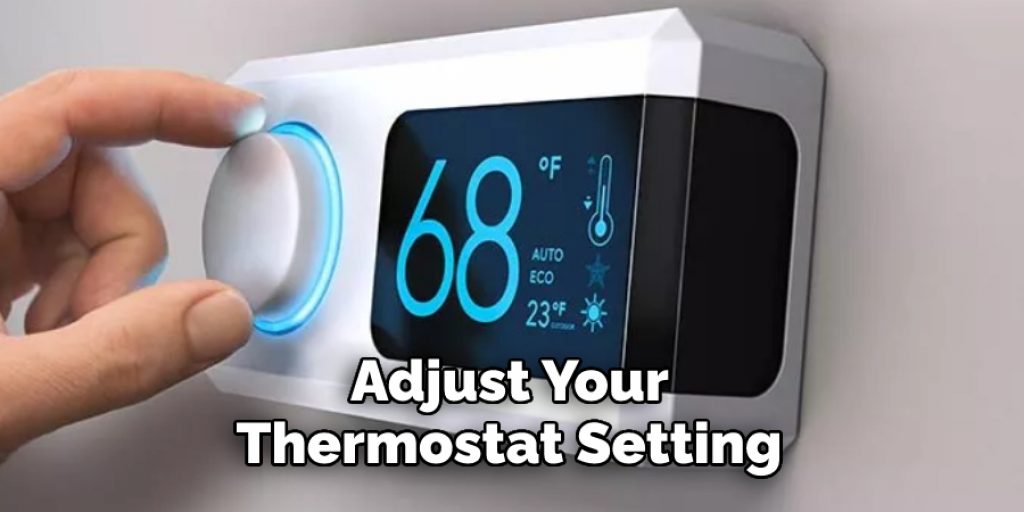
Once the system has shut down, you should continue adjusting your thermostat settings as needed to maintain a comfortable temperature in your home. Additionally, you should periodically check the operation of your system and contact an HVAC technician if any problems or concerns arise. With regular maintenance and proper usage, you can ensure that you’re using the most efficient settings for your HVAC system and minimize energy costs.
How Can You Safely Maintain an Energy Efficient Home by Using the Aux Heat System Properly?
Properly using your Aux Heat system is one of the most effective ways to maintain an energy-efficient home. The auxiliary heat works in tandem with your primary heating system and is designed to provide additional heat when needed, such as during cold winter days or nights. It is important to know to turn off Aux Heat in order to ensure that you are not using more energy than necessary and to ensure the safety of your home.
The first step to turning off Aux Heat is to locate your thermostat. Different thermostats will vary in how you access the Aux Heat feature. If you have a digital thermostat, a button should be labeled “AUX Heat”. By pressing this button, you can activate or deactivate the auxiliary heat system. If your thermostat is analog, there should be a switch labeled “Heat/Cool”; by turning this switch to “Off”, you will effectively turn off Aux Heat.
Are There Any Potential Risks That Come With Using Aux Heat?
Yes, there are potential risks that come with using Aux Heat. If you don’t turn off the Aux Heat when not needed, it can lead to higher energy bills, overheating, and in some cases, fire hazards. Additionally, leaving your Aux Heat on for too long can cause excessive wear on your HVAC system motor and compressor, leading to expensive repairs. For these reasons, turning off Aux Heat when not needed is important.
To turn off your Aux Heat, the first step is to make sure all of your windows, doors, and vents are closed properly to ensure that there is no air leakage. Then, you should check your thermostat and ensure that it is set to the desired temperature. Consider using a space heater instead of Aux Heat if you need additional heat. Finally, if your system has an emergency switch for Aux Heat, flip it off so that it doesn’t come on unexpectedly.
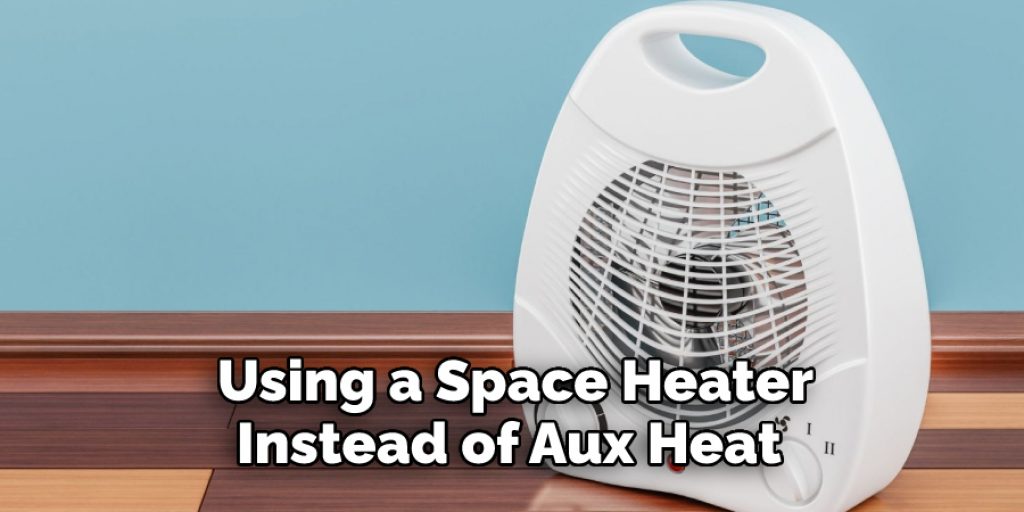
Conclusion
In conclusion, turning off the aux heat is important to ensure your HVAC system runs efficiently and safely. When the outdoor temperatures dip, turning on the aux heat can be tempting to stay warm inside. However, it should only be used as a last resort and done so with caution. Before using aux heat, consider other options, such as adding insulation or weatherstripping.
Furthermore, if you use aux heat, turn it off once the outdoor temperatures warm up again to avoid overworking your HVAC system and running up your energy bills. I hope this article has been beneficial in learning how to turn off aux heat. Make Sure the precautionary measures are followed chronologically.

